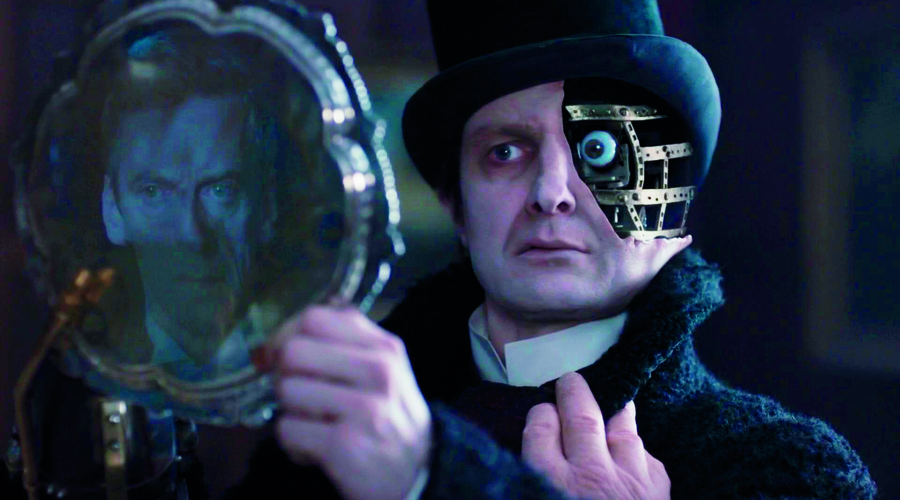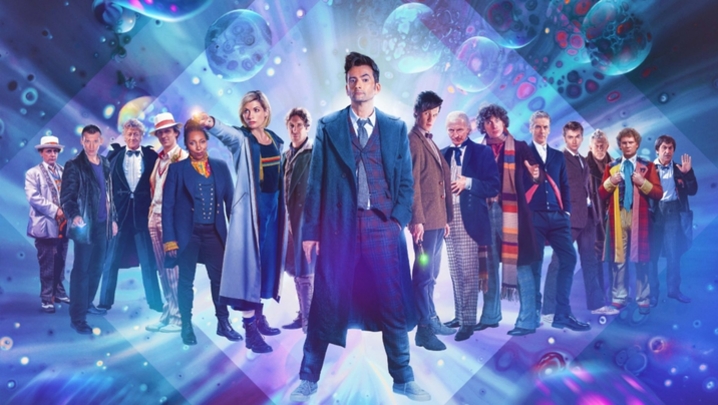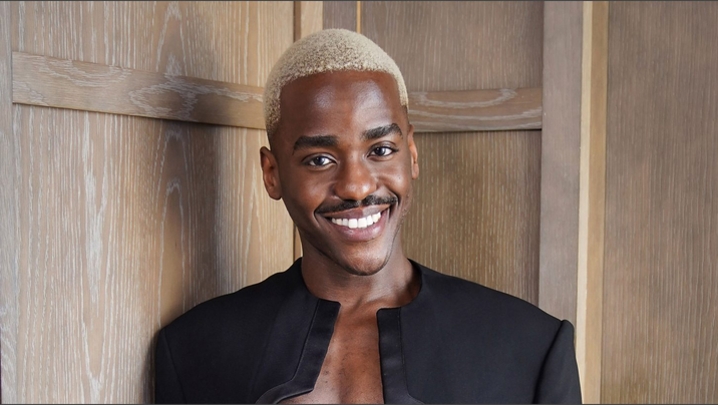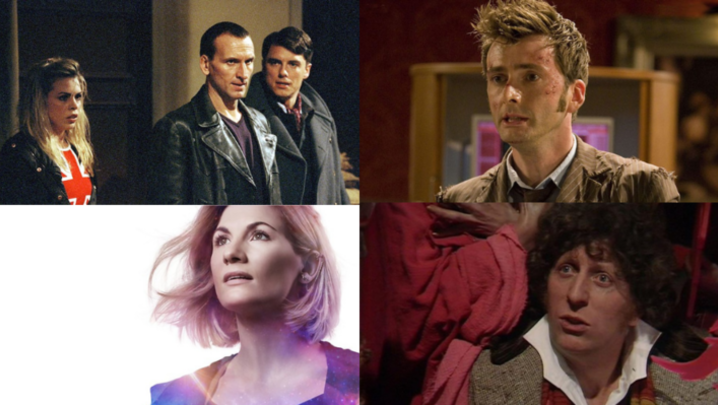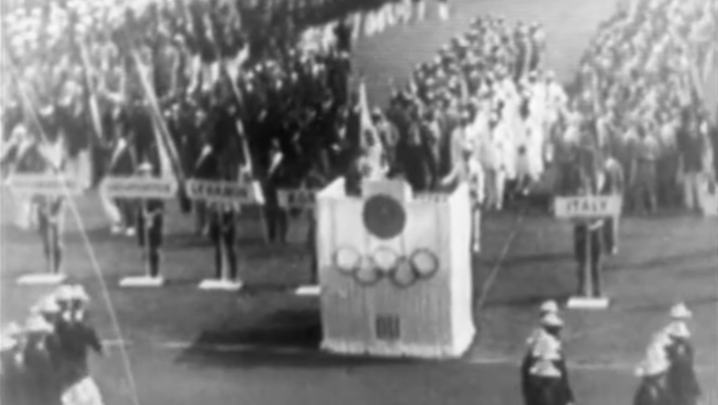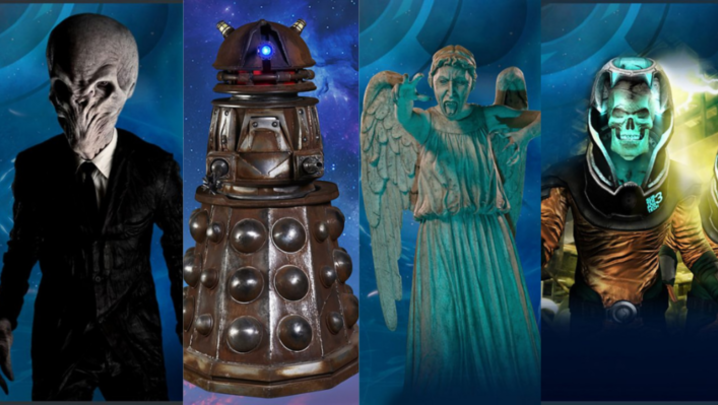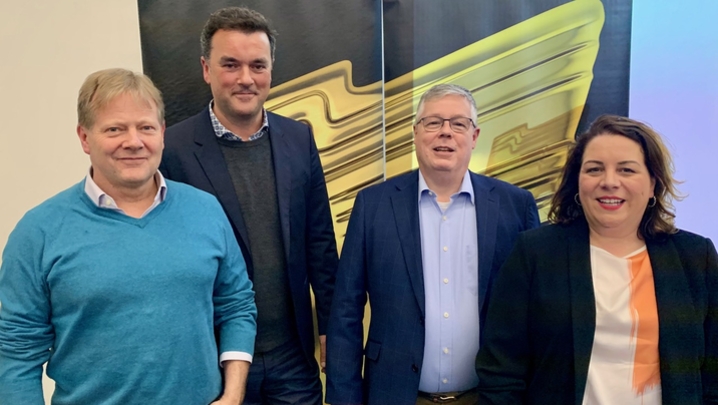RTS London’s first event of the year attracted a capacity crowd to ITV Studios – and not one of them was computer generated
A panel of experts discussed the use of visual effects in TV – both real and CGI – and argued that, used responsibly, they aid creativity.
Visual effects have moved on apace over the past two decades. Graeme Harper first directed Doctor Who in 1984, although as a floor assistant at the BBC in the 1960s he worked on the series when Patrick Troughton was the Time Lord.
“The Doctor Who [series] of the 1980s were great because the stories were great – we all forgave them that the sets creaked,” said Harper.
Harper returned to the sci-fi show following its successful relaunch by Russell T Davies in 2005 and directed a number of episodes including the 2006 two-parter Army of Ghosts/Doomsday, which saw Daleks and Cybermen at war.
“In the 1980s we couldn’t make the Daleks fly. I found it extraordinary to have thousands of them in the sky – I was gobsmacked,” said Harper, who showed the audience a clip from Army of Ghosts/Doomsday, in which Daleks mount an aerial attack on London.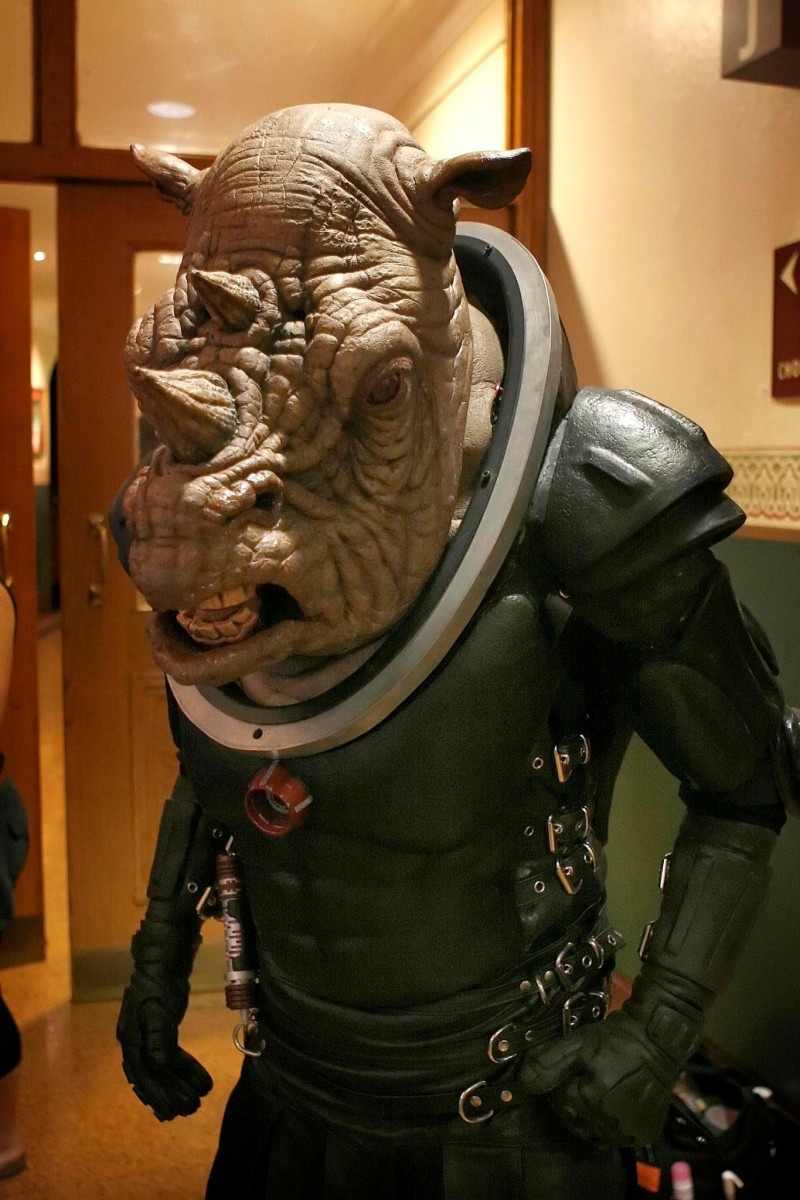
Will Cohen, who was then at visual effects facility The Mill, worked on the revived Doctor Who. “We were doing [effects] no-one had ever tried to do before in a [UK] TV drama,” he said. “We were trying to copy what you see in the movies with no time or money.”
Almost a decade later and Cohen’s new outfit, Milk VFX where he is CEO, was working with fellow panellist Neill Gorton’s Millennium FX to produce the complex effects required for the sinister Half-Face Man from 2014 episode Deep Breath.
Milk created a hollow computer-generated structure, complete with cogs and machinery, to make up the missing half of the villain’s face. The visual effects work on Deep Breath was recognised by the award of a TV Craft Bafta.
Millennium FX specialises in prosthetics, animatronics and make-up. It’s famous Doctor Who creations include the Cybermen and the Weeping Angels.
The panel at the RTS London event was completed by Gary Negus, VP Sales at Sohonet, which provides fast broadband connections for effects houses.
“We do the less glamorous back-end work providing the IT, the network and the infrastructure to enable the creative process to flourish,” explained Negus.
“We enable people to share content,” he continued. “There’s a big movement towards real-time collaboration across borders, to allow, say, people in LA, New York and London to share products in real time.”
“There are really clever people who are using complex pieces of software to create an image that’s believable – in many cases you can’t tell the difference between what’s been created in CGI and what’s been actually shot. It requires huge processing power to do that.”
One recent development that found little favour with the panel was using CGI to bring dead actors to life. In the new Star Wars movie, Rogue One, Peter Cushing, who died in 1994, appears as Grand Moff Tarkin.
“We’ve already had three phone calls this year from television productions enquiring about doing it, [but it would] be very expensive and time-consuming. [The technology] is not quite there yet,” said Cohen.
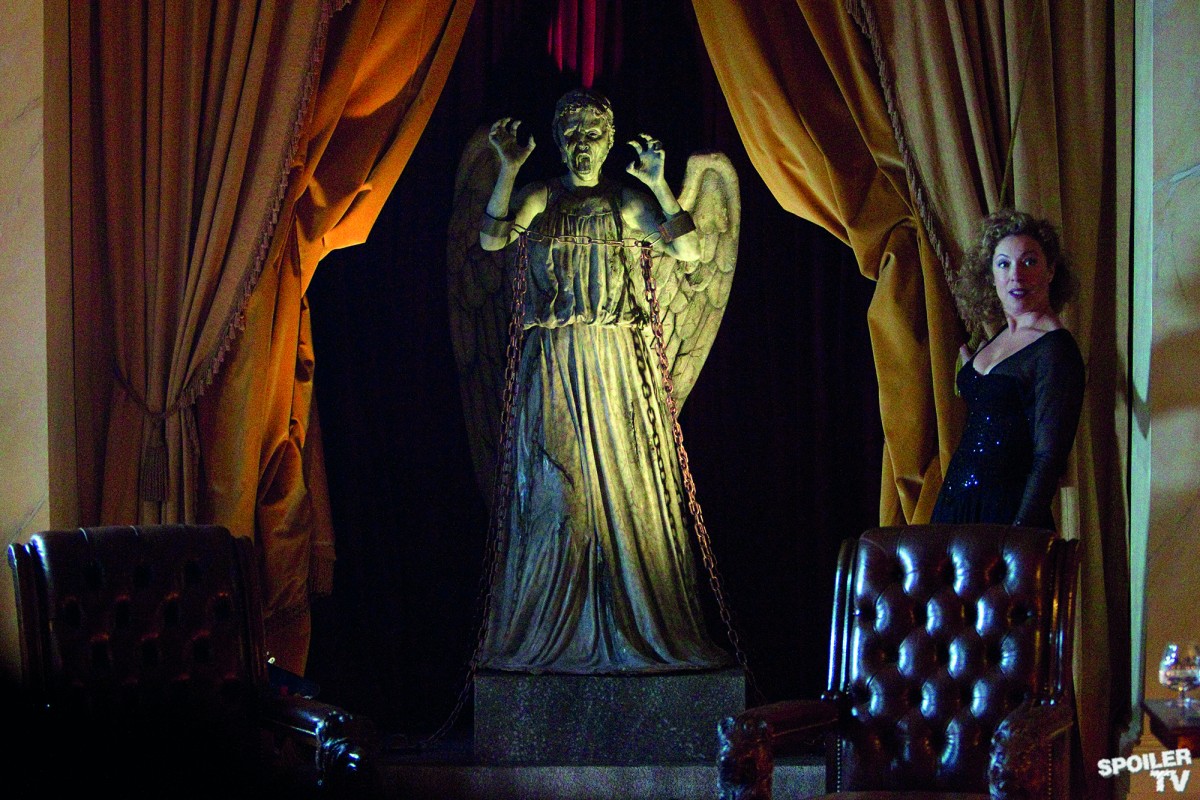
Looking to the future, Harper wanted to see CGI as an “enhancement and an aid that makes things look brilliant. I want to be able to direct actors.”
Gorton, who is the Director of both Millennium FX and Gorton Studio, which provides industry training – also saw a limit to visual effects technology: “We don’t want all digital actors, and an actor doesn’t want to be stood in front of a green screen all the time –they want to play a character. Just because you can do something, it doesn’t mean you should.”
In 10 years, he continued, “we’ll have more technology and toys to play with, but we’re going to be just as busy. No one’s going to take the actors away and if you still have actors, you are still going to need prosthetics and make-up.”
“Prosthetics and CGI: from the real to the virtual’ was a London Centre event held at ITV London Studios on 25 January. Digital executive producer Muki Kulhan chaired the evening event.

